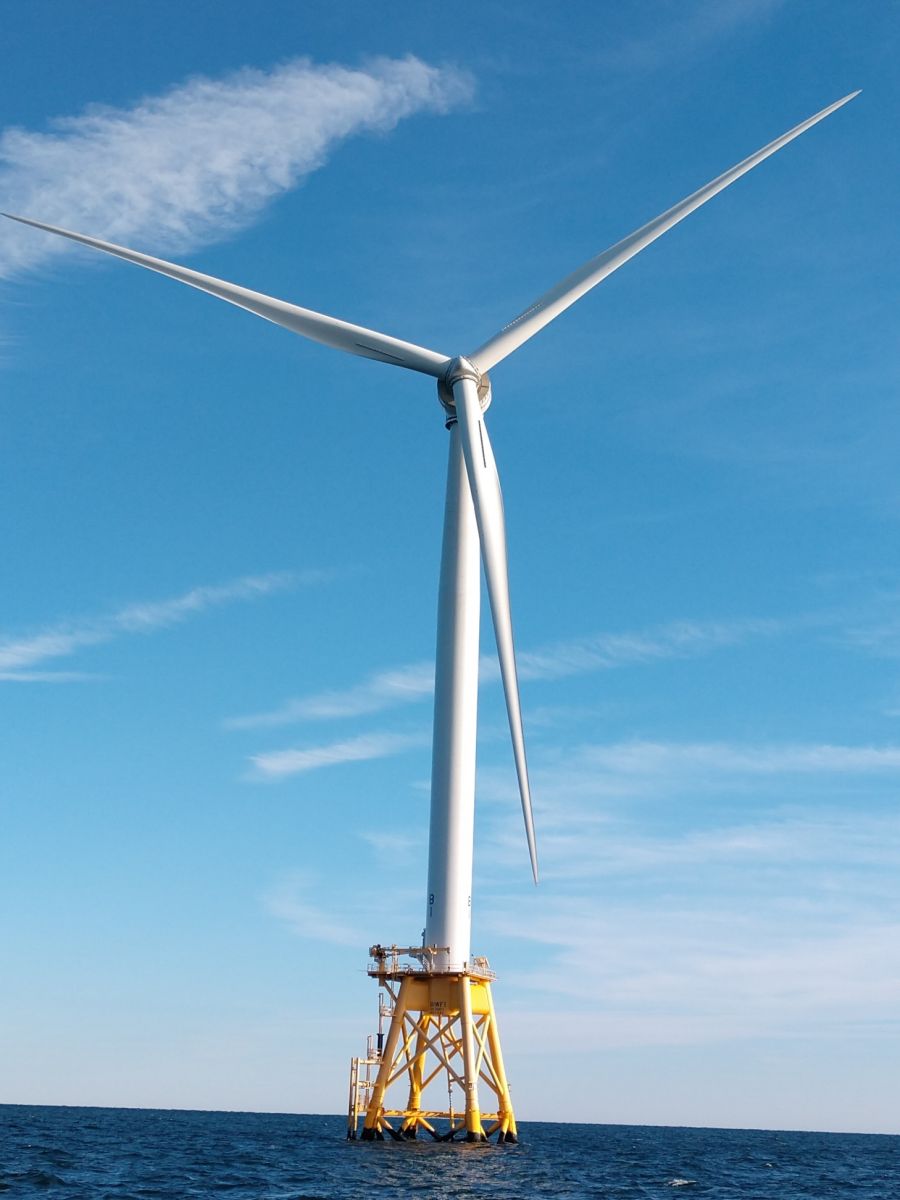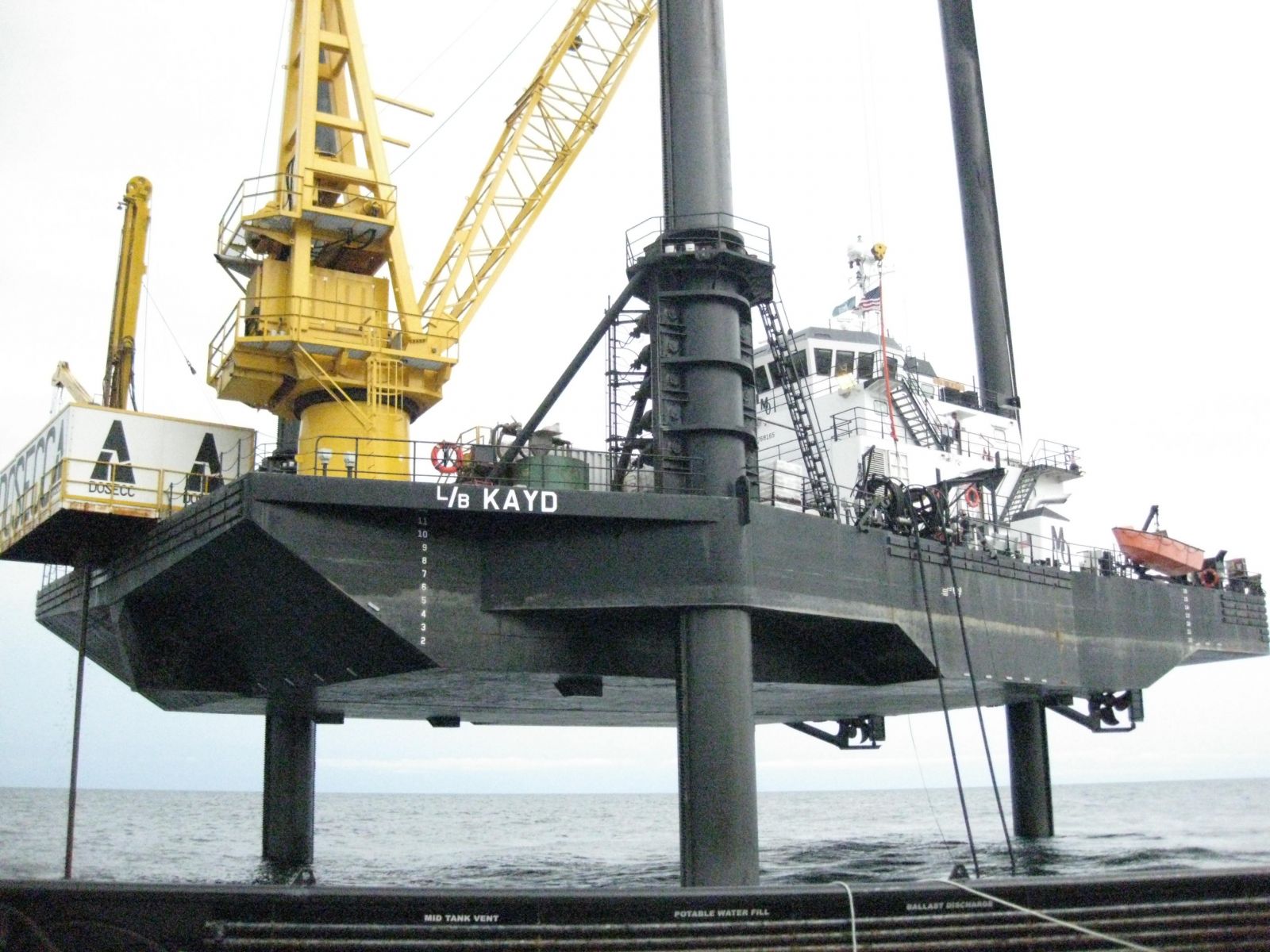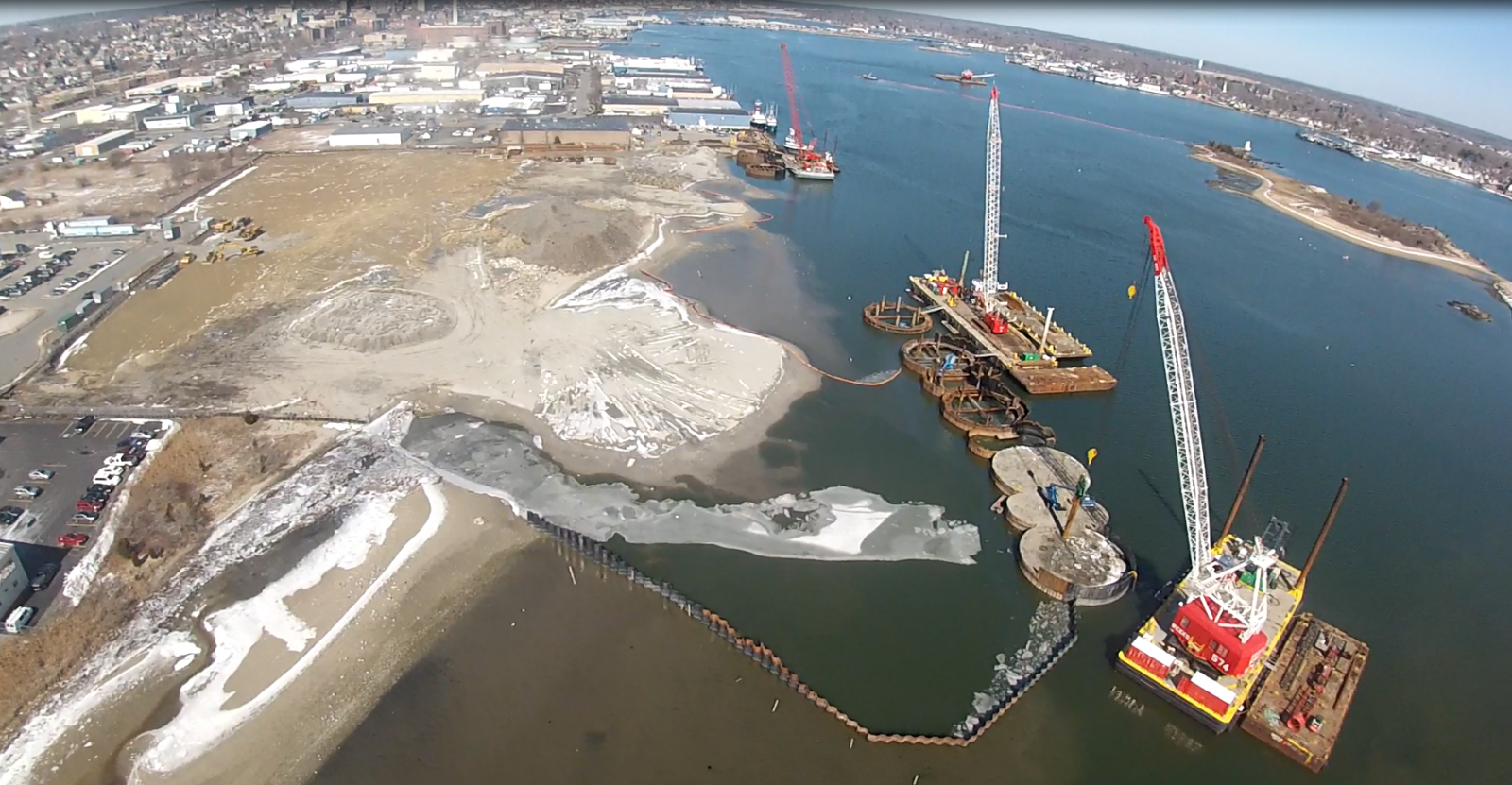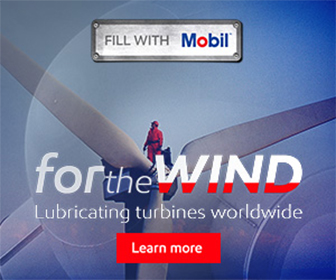New England Offshore Wind: Top 10 takeaways
With a new year and a new pro-offshore-wind Biden Administration, no region of the United States may see as much OSW permitting, design, and pre-construction activity in 2021, as New England. Here are the top 10 takeaways on where the industry stands today, and what to expect in 2021.
 1. State policies, legislation, and procurement efforts for renewable energy in New England are driving offshore wind market confidence, economic and workforce development, resulting in lower prices for offshore wind powered electricity.
1. State policies, legislation, and procurement efforts for renewable energy in New England are driving offshore wind market confidence, economic and workforce development, resulting in lower prices for offshore wind powered electricity.
Rhode Island continued to lead in 2020, with the announcement of a new procurement of 600 MW of offshore wind. Connecticut has committed to generate 20 percent of its electricity from offshore wind (the largest percentage of electric load of any state). Connecticut will boost its precision manufacturing base by adapting aerospace and cable manufacturers to produce offshore wind equipment. Massachusetts expects that 5800 MW of offshore wind transmission can be connected before upgrades to the onshore grid will be needed. The New Hampshire Business Finance Authority has hired a Director of Offshore Wind Industry Development, and set a goal of 600-800 MW of offshore wind. Maine has a floating turbine demonstration project, as well as a goal of doubling their offshore wind workforce by 2030. The result is improved market confidence.
2. Federal environmental impact permitting of offshore wind projects by BOEM will see a very active decade.
Eighteen projects have already been identified in the permitting pipeline from 2020 to 2030. Primary factors to address for permitting and siting are vessel navigation routes, especially New England's fishing industries routes for lobster, scallops and fish, essential to New England's economy. Marine mammals like the highly endangered North Atlantic Right Whale (with a population of less than 400) will also require ongoing protection. Developers have agreed to strict compliance practices in cooperation with environmental advocates. Delays on the initial permitting of the Vineyard Wind 1 project are creating a backlog concern for resource constraints in the supply chain. BOEM has 10 Construction and Operations Plans (COPs) under review in 2020, with five more expected.
3. States, utilities and ISO New England must plan for transmission and distribution system capital investments to construct a multi-state transmission backbone.
This will help to reduce costly congestion and curtailments on New England's existing power grid. Energy commissioners from Connecticut and Massachusetts addressed the need for the New England states to cooperate on grid planning for Wholesale Market Design. They will also need efficient power procurement methods to meet their aggressive renewable energy and carbon emission policy target dates coming in 2030, 2040, and 2050.
The current market structure is not ready for the transmission requirements of 100 percent renewable energy generation; Massachusetts, Connecticut, Rhode Island, New Hampshire, and Maine expect to collaborate on this topic to form a regional plan for addressing competitive offshore wind lease areas in 2021.
4. The next generation turbine is disrupting the industry with a power output of 13MW - enough to power an estimated 12,000 homes. This largest of turbines produces more electricity that translates to greater revenue, fewer turbines, and lower net installation and maintenance costs than the smaller turbines.
Vineyard Wind opted for these larger turbines, despite causing a temporary pause in the Construction Operating Permit (COP) approval process and their final due diligence. Financial close of this project is expected to be completed in the 2nd half of 2021, with an estimated 62 turbines (instead of 82 smaller turbines) beginning construction in 2022, to become operational in 2023. The Revolution Wind project is also expected to be operational in 2023. This move to much larger turbines will ripple throughout the industry supply chain, impacting manufacturing, turbine blade testing facilities, port development plans, foundation size, power pricing, and offshore lease auction awards made in the future.
5. Port Development is integrated into Offshore Wind Power Procurements. Economic development investments in ports will be shared between developers and the state and federal government, via public private partnership (P3) agreements.
Ultimately, the developers need to lease ports as their projects are approved. However, the ports will need significant due diligence and infrastructure investments to prepare these facilities for the extreme loads and logistics of offshore wind equipment. Currently, port development projects are underway with the Connecticut Port Authority at the State Pier in New London, Vineyard Wind is establishing their Bridgeport, Connecticut team and port facility; the State of Maine is investing in a port assessment study of their Searsport facilities; the State of Rhode Island and the federal government are investing in the Quonset Business Park, private developers and the state and federal government are planning to invest in the South Quay site in East Providence; and Massachusetts Clean Energy Center has completed port assessment studies on the North Shore to add port facilities to their New Bedford Marine Commerce Terminal. These states are expecting to see good local jobs created in return for their investments.
6. Marine wildlife habitat conservation, marine mammal protection, and fishing industry interests are being emphasized and addressed in formal agreements developed by advocacy organizations and project developers.
The Memorandum of Understanding (MOU) developed by Vineyard Wind with Audubon and the Conservation Law Foundation is enabling the voluntary protection of sea turtles and North Atlantic Right Whales, through the establishment of best practices for noise reduction and prevention of entanglements. The Responsible Offshore Development Alliance (RODA) and the various New England State Lobstermen's Associations are important stakeholders in ensuring that clean energy does not grow at the expense of the long-established fishing industry in New England.
The offshore wind industry will need to continue to be proactive on research to reduce noise from monopile installations and compliance with the Endangered Species Act, Marine Mammal Protect Act, and the MOU. Developers are focused on listening to stakeholders and active stakeholder engagement to advance the permit approval process. This engagement includes marine mammal experts, fishing industry advocates, native American tribes, government regulators, legal counsel for the stakeholders, and the public.
7. The siting of acceptable landfall locations for offshore wind cables will become more challenging, as more favorable landfall connection points in southeastern New England are taken by the first wave of approved offshore wind projects.
Offshore transmission can account for 20-25 percent of the capital expense of a wind farm. Transmission cable performance and risks of delay or operational failure impact 100 percent of the revenue from the wind farm. Offshore cable burial requirements are highly regulated to avoid impacting sensitive marine habitats. As offshore wind farms move greater distances from the shore, interest has begun in the use of High Voltage Direct Current (HVDC) cable systems, which can achieve a 1200MW capacity per cable bundle (significantly greater than cables currently in use). HVAC is preferred for wind farms within 60 miles from shore. HVDC becomes more effective at distances of 80-100 miles from shore; performance of these cables improves over greater distances.

8. Market confidence spurred investment in the first Jones Act compliant Service Operation Vessel (SOV).
The vessel is an integral part of the operation and maintenance of the Revolution Wind, South Fork Wind, and Sunrise Wind offshore wind farms. This U.S. flagged vessel is estimated to be ready for service in 2023, with a 60-passenger capacity. The SOV would be deployed at wind farms for one or two-month intervals.
9. Congress finalized and voted on a COVID-19 relief bill that included a 30 percent Investment Tax Credit (ITC) for offshore wind (OSW) projects in construction Jan. 1, 2017 through Dec. 31, 2025.
The final ITC rules for offshore wind reflect an increasing awareness of the industry, as well as the industry's economic development importance to federal lawmakers. This legislation also includes appropriations for the U.S. Department of Energy and provisions for the U.S. Department of Interior that will provide future growth opportunities for the offshore wind industry.
10. The US offshore wind industry will soon have an independently approved roadmap to efficiently guide professionals on best practices, safe designs, and orderly installations of offshore wind energy in the US market.
This roadmap will benefit everyone: technical practitioners, developers, regulators, and the public. Since 2017, over 300 volunteers have collaborated in five working groups to draft recommended practices by consensus for Offshore Wind Compliance Recommended Practices regarding (1) Maintenance (2) Floating Offshore Wind, (3) Metocean Conditions, (4) Geotechnical and Geophysical Investigations and Design and (5) Submarine Cables. The American Wind Energy Association (AWEA) Standards Organization - recently merged with the American Clean Power (ACP) Association in cooperation with American National Standards Institute (ANSI) - are reviewing draft Offshore Wind Compliance Recommended Practices documents. These were completed last year in preparation for public comment and publication by the end of 2021.
Wayne Cobleigh, CPSM is Vice President Client Services at GZA in Norwood, MA. Wayne has participated in the wind energy industry since 200,7 and is a member of the AWEA Standards Organization. GZA performs engineering and environmental services for offshore wind projects, including turbine foundations, subsea cables, port facilities, transmission, substations, and coastal structures.
GZA | www.gza.com
Author: Wayne CobleighÂ
Volume: 2021 March/April










